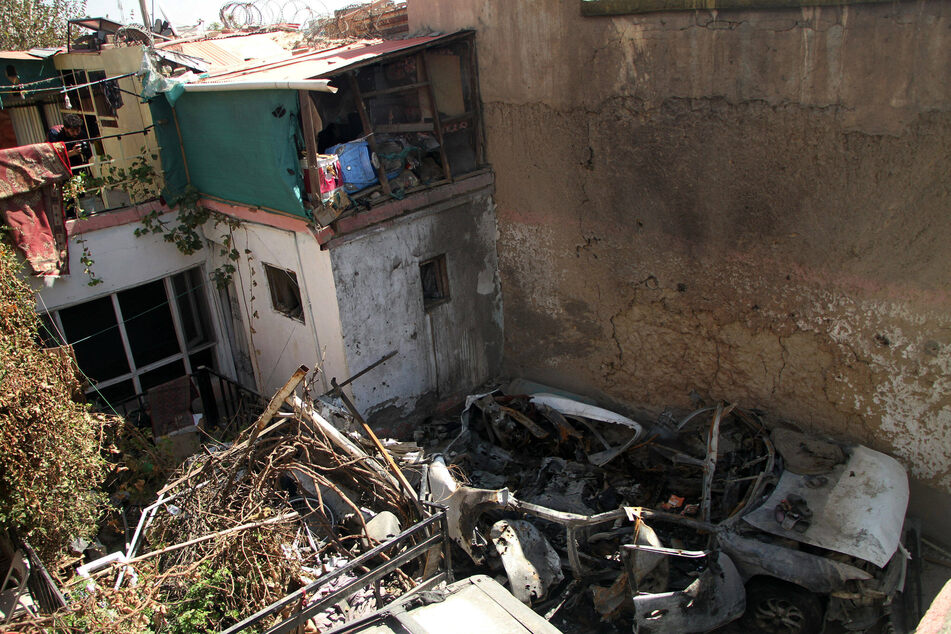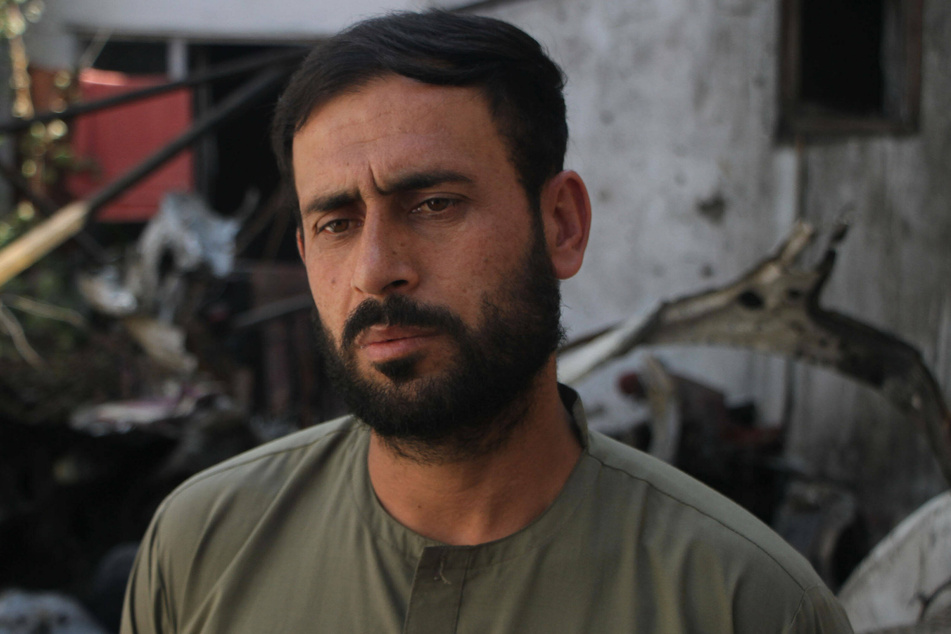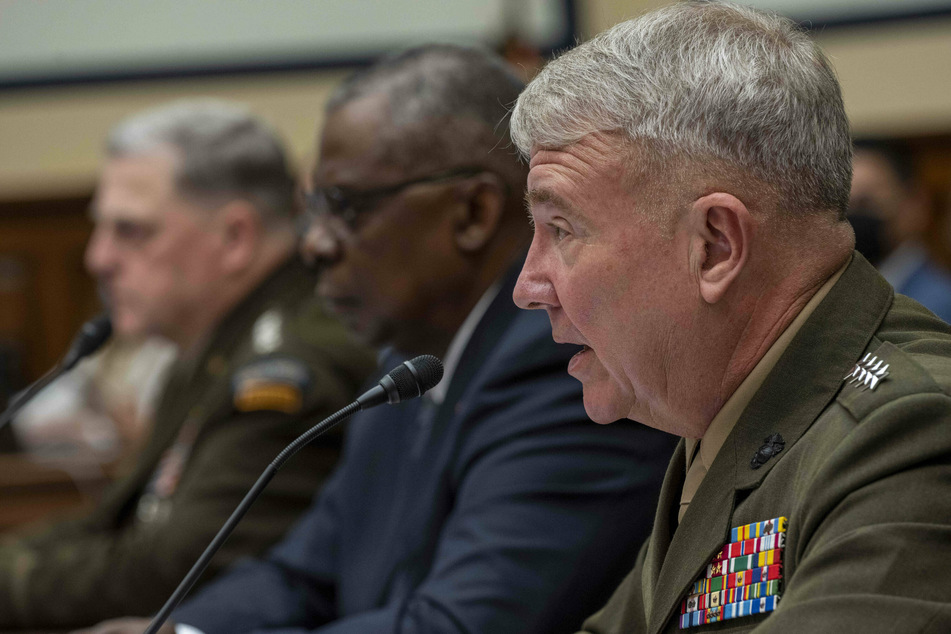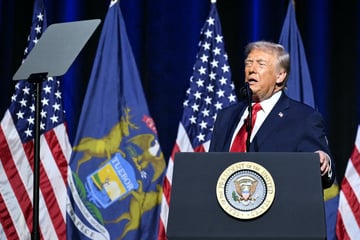Pentagon finds itself not guilty in Kabul drone strike that killed 10 civilians
Washington DC - A US military drone strike killed 10 civilians, including seven children, in Kabul, Afghanistan, on August 29. And yet, no laws were broken and no one should be held accountable – at least according to a US Defense Department investigation.

Briefing reporters Wednesday, Lt. Gen. Sami Said, the Air Force’s inspector general, said his team reviewed the same data and intelligence available to the team that conducted the strike, as well as their communications.
"I didn't find violations of law or of the law of war," he said, nor did Said find any individual conduct that rose to the level of criminal negligence. "What I found is the disconnects were an aggregate process breakdown, in which many people are involved."
The Pentagon released a fact sheet about the report’s findings, but not the report itself, which is classified.
Said argued it is important to remember the context surrounding the strike, which took place just days after a suicide attack at Hamid Karzai International Airport killed 13 US service members and scores of Afghan civilians.
US forces were concentrated inside the airport as the US completed its withdrawal from Afghanistan, and intelligence sources believed another attack on US forces was imminent.
The self-defense aspect of the operation sets it apart from a typical counterterrorism drone strike, Said noted. In his view, US military analysts had limited time to evaluate the intelligence available on August 29, and the danger was palpable as the target, a white Toyota Corolla, moved around Kabul, eventually coming to a stop about 3 kilometers from the airport.
Also, the military had lost access to its eyes and ears on the ground, as US forces were secured within the airport.
Evidence of children near the target ignored for not being "obvious"

In a typical counterterrorism strike, analysts spend days or more constructing a "pattern of life" on a potential target, slowly building an evidence-based case that it is a legitimate threat.
But on August 29, officials seized on the car and tracked its movements, in part because they believed it visited a location associated with the terrorist group ISIS-K and took on cargo they believed could be explosives.
They also saw the presence of a computer bag, which had been used to carry explosives during the deadly attack outside the airport days earlier.
Ultimately, military officials approved a strike involving a single Hellfire missile.
There was evidence in the video feed that at least one child was present two minutes before the trigger was pulled, but the operators "missed it," according to Said, saying it wasn't "100% obvious" to analysts at the time.
"We had the benefit of time in conducting this investigation," he said.
"It just turned out to be incorrect"

The report does not recommend any disciplinary action for anyone involved. Said noted the decision of whether to impose any sort of discipline is up to the chain of command, which has the option of re-credentialing personnel, retraining them, or even firing them.
Said defended the team’s decisions as neither arbitrary nor impulsive, calling it "a complicated operation in a complicated setting." Based on the information the military had, he said, US officials had a genuine belief that the white Corolla represented a threat.
"It was not unreasonable; it just turned out to be incorrect," he shrugged.
While saying it was hard to image a similar scenario occurring, the investigation recommended "implementing procedures to mitigate the risks of confirmation bias," improving information sharing as operations are conducted, and "reviewing the pre-strike procedures" for evaluating whether civilians are present.
In the days following the August 29 strike, Defense Department officials continued to defend it, but an in-depth investigation by The New York Times showed the strike had wrongly targeted civilians with no terrorist associations.
On September 17, General Kenneth McKenzie, the commander of US Central Command, acknowledged the strike had killed only civilians, calling it a "tragic mistake."
Cover photo: IMAGO / Xinhua

